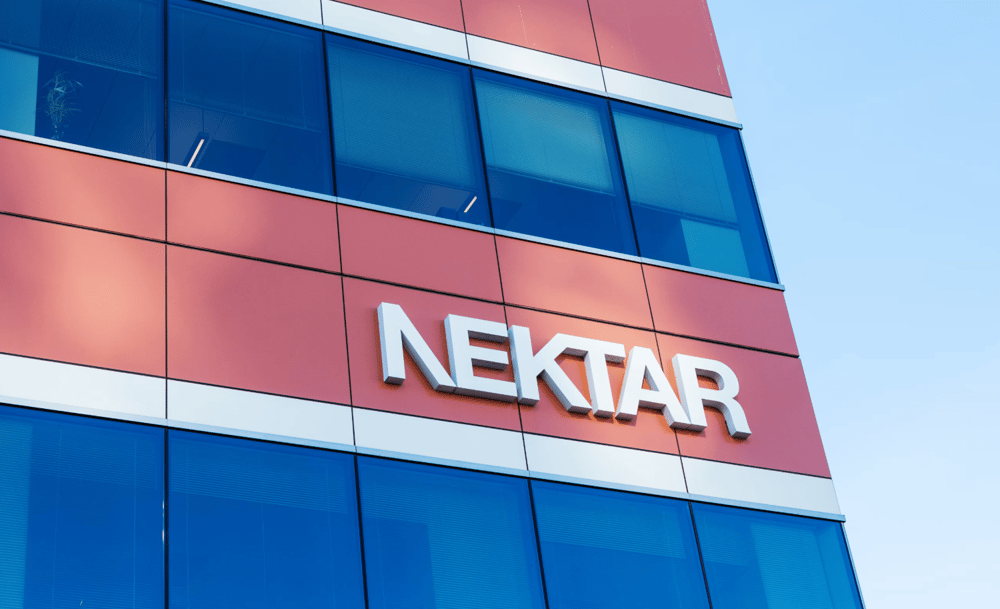Wolfspeed Set to File for Chapter 11 Bankruptcy Amid $Debt Pressures and Weak Semiconductor Demand
U.S.-based semiconductor manufacturer Wolfspeed Inc. $WOLF is preparing to file for Chapter 11 bankruptcy protection in the coming weeks after a prolonged struggle with mounting debt and declining market demand. The news, first reported by The Wall Street Journal citing sources close to the matter, sent shockwaves through after-hours trading, causing the company’s shares to plummet by more than 57%.
The development reflects broader fragility in the semiconductor industry, particularly in segments exposed to industrial and automotive markets, where Wolfspeed has focused its silicon carbide chip technology.
Strategic Missteps, Weak Demand, and Rising Debt
Wolfspeed’s looming bankruptcy is the culmination of several compounding pressures: sluggish demand from automakers and industrial clients, ongoing trade-related uncertainties—especially tariffs affecting global chip supply chains—and a capital structure burdened by high levels of debt.
According to reports, Wolfspeed had previously rejected multiple out-of-court restructuring proposals from creditors. Instead, it is pursuing a Chapter 11 filing under U.S. bankruptcy code, which will allow the company to reorganize its operations while continuing limited business activities. Crucially, the move is said to be supported by the majority of its creditors, potentially smoothing the path to a prearranged reorganization plan.
The company had bet heavily on the expansion of electric vehicle (EV) production and industrial automation, but delayed orders and lower-than-expected capital expenditure across these sectors left Wolfspeed exposed. Additionally, trade policy volatility—including uncertainty around U.S.–China tariffs—exacerbated procurement risks and limited revenue visibility.

Quick Facts
Company: Wolfspeed Inc.
Event: Expected Chapter 11 bankruptcy filing
Stock reaction: −57% in after-hours trading
Debt status: Unable to meet obligations; restructuring failed
Sectors affected: Automotive and industrial semiconductors
External factors: Tariff-related uncertainty, demand erosion
Market Impact and Industry Reactions
The semiconductor sector, already facing cyclical headwinds, saw renewed investor caution following Wolfspeed’s announcement. While major indices such as the SPX (S&P 500) remained stable, sector-specific ETFs and chipmaker peers with similar customer exposure registered declines.
Analysts flagged Wolfspeed’s situation as symptomatic of broader issues within niche semiconductor firms—those heavily reliant on cyclical sectors and limited in pricing power. Furthermore, Wolfspeed’s use of silicon carbide technology, though technically advanced, may have suffered from premature scaling and unmet demand forecasts.
Credit rating agencies are expected to downgrade Wolfspeed further into speculative territory, while stakeholders prepare for a drawn-out restructuring process. For creditors backing the Chapter 11 filing, the hope is to preserve asset value and salvage core technologies that may be of interest to strategic buyers or competitors.

Key Points
Wolfspeed to File for Chapter 11 Bankruptcy Filing to be supported by the majority of creditors after failed restructuring efforts.
Shares Plummet Over 57% Market reacted sharply, reflecting investor skepticism and risk aversion.
Demand Weakness Across End-Markets EV and industrial chip segments underperforming amid economic slowdown.
Macroeconomic and Trade Uncertainty a Major Factor Tariff risks and shifting trade dynamics negatively affected forward planning.
Potential Industry Consolidation Ahead Distressed assets could attract acquisition interest from healthier rivals or private equity.
A Telling Moment for Mid-Tier Semiconductor Firms
Wolfspeed’s imminent Chapter 11 bankruptcy marks a sobering milestone in the current semiconductor cycle. Caught between strategic overreach and external shocks, the company’s downfall highlights the challenges faced by mid-sized chipmakers with concentrated market exposure and leveraged balance sheets.
The creditor-backed restructuring could preserve some operational continuity, but broader questions remain about Wolfspeed’s long-term viability and whether other firms in the space may follow a similar trajectory. As trade policy volatility and cyclical demand fluctuations persist, semiconductor companies without diversified revenue streams or strong cash positions may find survival increasingly difficult.
For the global chip industry, Wolfspeed’s collapse is a signal that the correction phase, following pandemic-era overexpansion, is far from over.















Comments